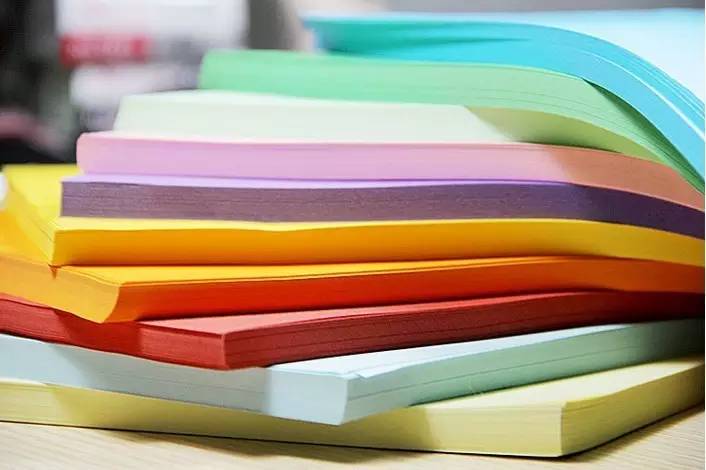
Miura origami (MIURA FOLDING), scientists and engineers are interested in it.
We may all have played origami in our childhood, and Po still clearly remembers the scene of teaching children to make rabbits in kindergarten.
of course, there are many people who still play origami when they grow up and are very powerful and omnipotent:
however, most people still regard origami as an artistic creation or a game, rather than associating it with science.
in fact, origami is inextricably linked to science, mathematics and engineering. Today, let's talk about a kind of origami that is also very useful in science-- MIURA FOLDING, which is also of interest to scientists and engineers of NASA.
what exactly is that Miura origami? Let's fold it together.
the following tutorial can be done with standard size paper of An or B series (such as A4 paper).
the first step is a little troublesome. We need to divide the long side of the paper into 7 and the short side into 5.
(the aspect ratio of A4 paper is about 7:5. Do you know why? In fact, the exact number should be the root sign 2:1, the advantage of this ratio is that after being cut in half from the middle of the long side, the aspect ratio of each half remains the same. )
Give yourself a fantastic feeling by opting for our stylish soft draped formal evening wear. Dive in and enjoy the best shopping experience ever.
next, fold the 5 parts in parallel as shown in the following figure, and then → //\ /
then the following is not folded vertically, this time the crease is Z-shaped:
how to control the right angle? One way is like the following:
fold down in turn, and then become like this:
creases are all left, and then we will unfold the whole piece of paper. and fold it again according to the following method:
Red is the peak fold, blue is the valley fold.
finally put it away and finish what's so special about this origami? Its advantage is that it is very convenient to unfold and put away. If you fold it in half and then fold it in half in the ordinary way, you have to open it several times when you unfold, and this origami only needs to pinch the two diagonal corners and gently pull it:creases are all left, and then we will unfold the whole piece of paper. and fold it again according to the following method:
Red is the peak fold, blue is the valley fold.
that's why it can be used on things that need to be folded to save space and need to be opened quickly. For example, solar panels that need to be packed and folded along the way and quickly unfold in space. In addition, some researchers have folded a thin lithium battery like a piece of paper in this way:
PS: it is also very convenient to fold a map like this. You can also try it.
=
A little note:
at present, this is still a small account that works alone. Po master will try to update some interesting things as much as possible, but the operation does consume a lot of energy. If there are any deficiencies, please help point out. If you find any interesting pictures or clues, you can also send me ~
=
to read the original text, and you can learn more about a kind of origami robot that looks a bit handsome.